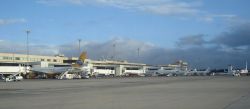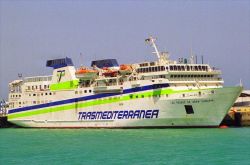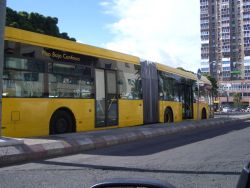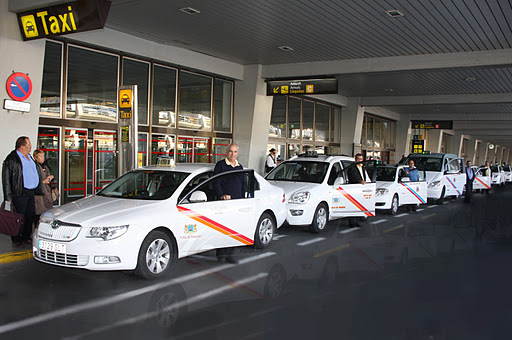
|
|
|
|

|
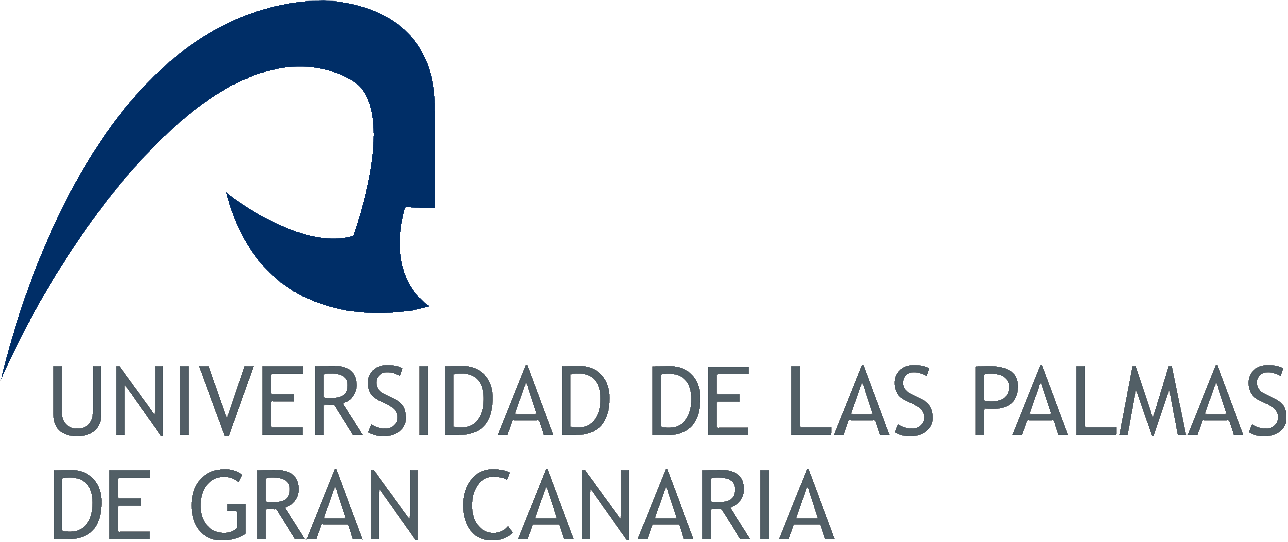
|
 |

Conference Location
|
|
|
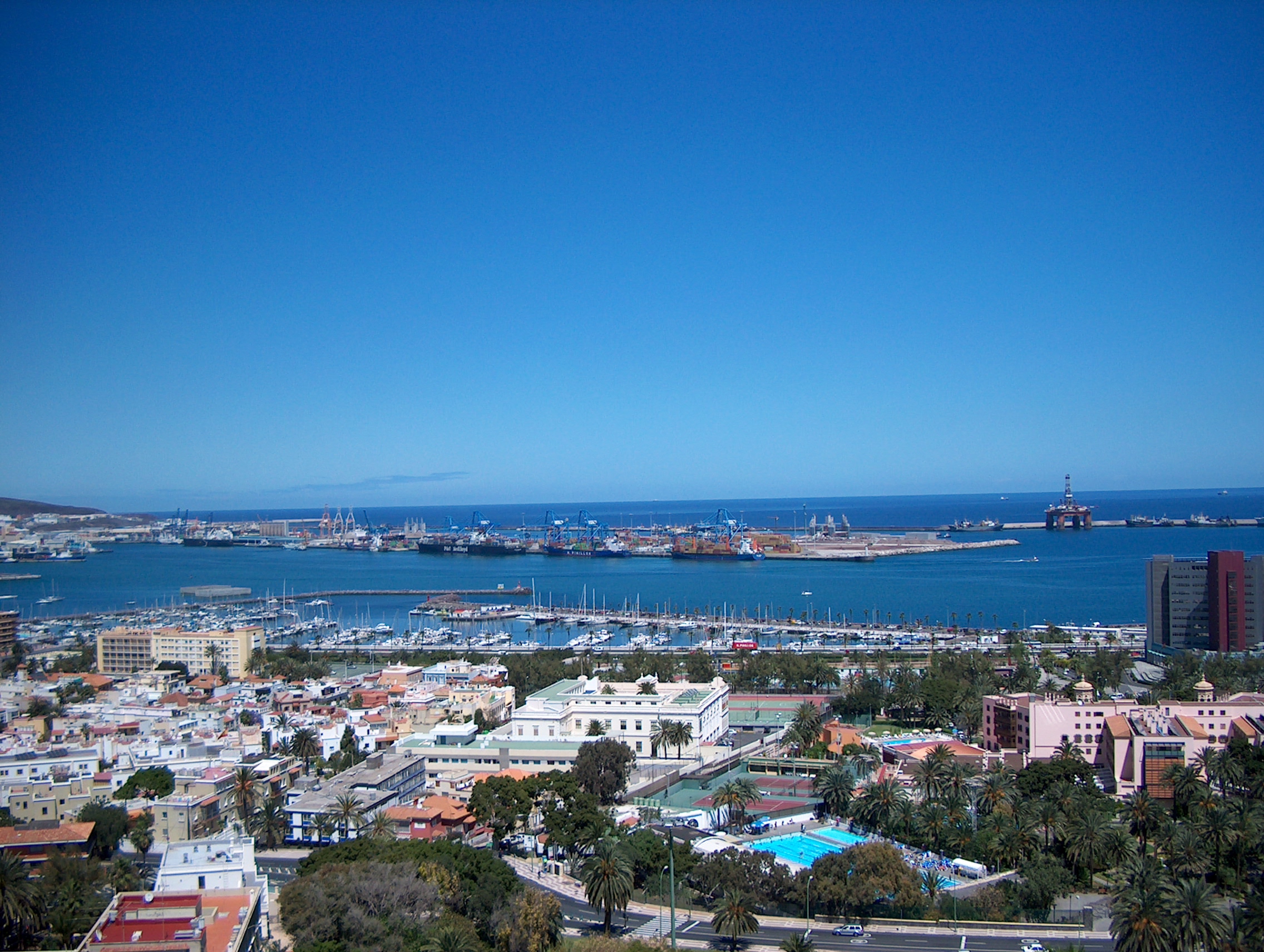
|
It is also the fifth most populous urban area in Spain with a population exceeding 700,000 and (depending on sources) ninth or tenth most populous metropolitan area in Spain with a population of between 625,000 and 750,000. Las Palmas is the largest city of the European Union lying outside the European Continent. It is located in the northeast part of the Spanish island of Gran Canaria, about 150 kilometres (93 miles) off the northwestern coast of Africa within the Atlantic Ocean. |
|
Las Palmas enjoys a very mild and pleasant desertic climate (highly influenced by the Atlantic Ocean) with mild to warm temperatures throughout the year. Locals know it as the "Eternal Spring", with an average annual temperature of 21.3 °C (70.3 °F). According to a study carried out by Thomas Whitmore, director of research on climatology at Syracuse University in the U.S., Las Palmas enjoys "the best climate in the world". |
|
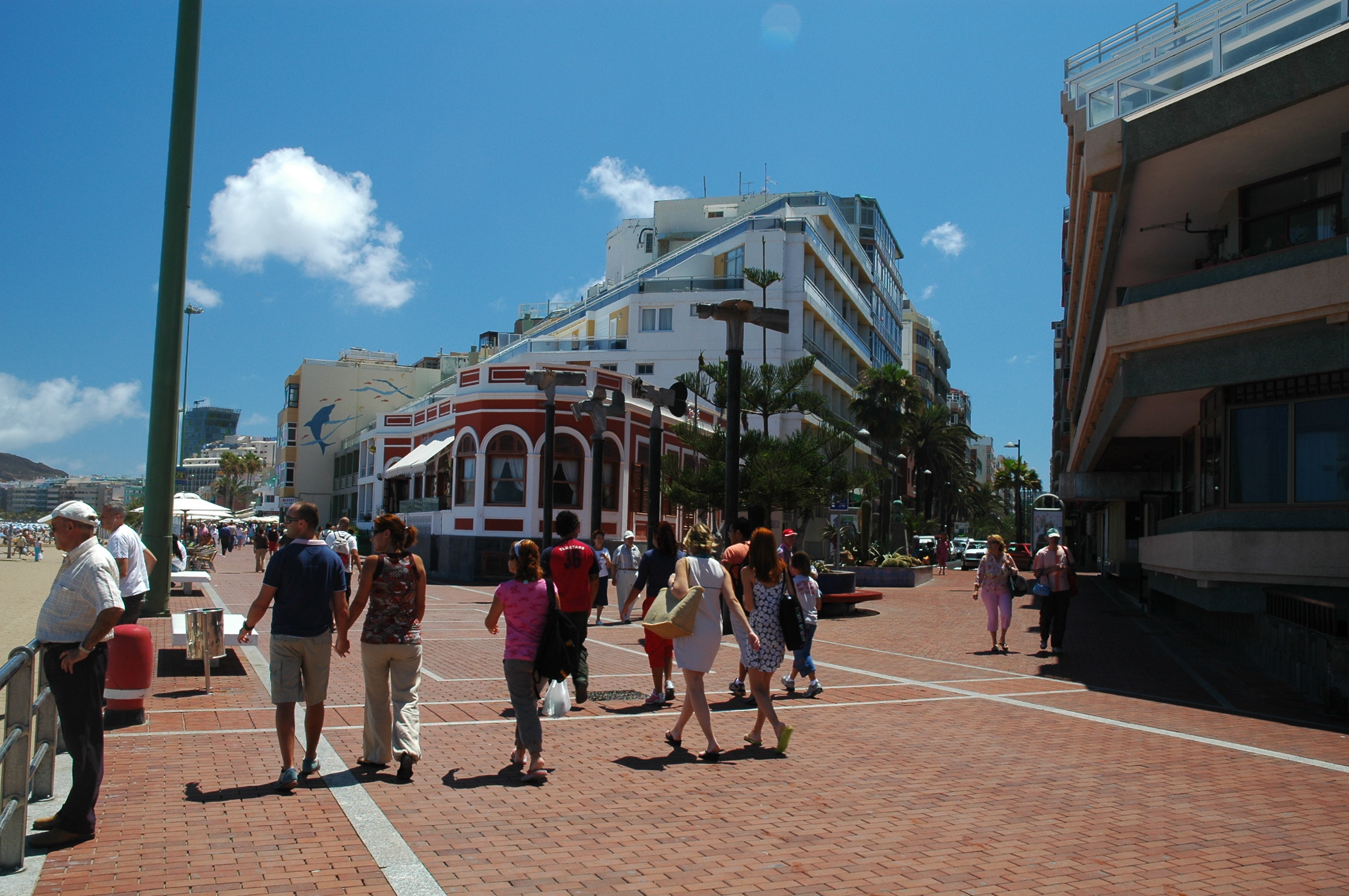
|
Today, the city is capital of Canary Islands with Santa Cruz and home to the Canarian Ministry of Presidency (shared in a 4-year term with Santa Cruz de Tenerife), home to half of the Ministries and Boards of the Canarian Government, and home to the High Court of Justice of the Canary Islands. It is the judicial and commercial capital of the Canary Islands, and is also home to a great share of the executive power. |
HistoryAncient and pre-colonial times Before the arrival of the aborigines, the Canaries were inhabited by prehistoric animals; for example, the giant lizard (Gallotia goliath), or giant rats (Canariomys bravoi and Canariomys tamarani). The islands were visited by the Phoenicians, the Greeks, and the Carthaginians. According to the 1st century AD Roman author and philosopher Pliny the Elder, the archipelago was found to be uninhabited when visited by the Carthaginians under Hanno the Navigator, but that they saw ruins of great buildings. This story may suggest that the islands were inhabited by other peoples prior to the Guanches. King Juba, Augustus's Numidian protégé, is credited with discovering the islands for the Western world. He dispatched a naval contingent to re-open the dye production facility at Mogador in what is now western Morocco in the early 1st century AD. That same naval force was subsequently sent on an exploration of the Canary Islands, using Mogador as their mission base. |
|
 
|
The Romans named the islands Ninguaria or Nivaria (Tenerife), Canaria (Gran Canaria), Pluvialia or Invale (Lanzarote), Ombrion (La Palma), Planasia (Fuerteventura), Iunonia or Junonia (El Hierro) and Capraria (La Gomera). When the Europeans began to explore the islands in the late Middle Ages, they encountered several indigenous populations living at a Neolithic level of technology. Although the prehistory of the settlement of the Canary Islands is still unclear, linguistic and genetic analyses seem to indicate that at least some of these inhabitants shared a common origin with the Berbers of northern Africa. The pre-colonial inhabitants came to be known collectively as the Guanches, although Guanches was originally the name for only the indigenous inhabitants of Tenerife. From the 14th century onward, numerous visits were made by sailors from Majorca, Portugal and Genoa. Lancelotto Malocello settled on Lanzarote in 1312. The Majorcans established a mission with a bishop in the islands that lasted from 1350 to 1400. |
|
Castilian conquest
There may have been a Portuguese expedition that attempted to colonise the islands as early as 1336, but there is not enough hard evidence to support this. In 1402, the Castilian conquest of the islands began, with the expedition of French explorers Jean de Béthencourt and Gadifer de la Salle, nobles and vassals of Henry III of Castile, to Lanzarote. From there, they conquered Fuerteventura (1405) and El Hierro. Béthencourt received the title King of the Canary Islands, but still recognised King Henry III as his overlord. Béthencourt also established a base on the island of La Gomera, but it would be many years before the island was truly conquered. The natives of La Gomera, and of Gran Canaria, Tenerife, and La Palma, resisted the Castilian invaders for almost a century. In 1448 Maciot de Béthencourt sold the lordship of Lanzarote to Portugal's Prince Henry the Navigator, an action that was not accepted by the natives nor by the Castilians. Despite Pope Nicholas V ruling that the Canary Islands were under Portuguese control, a crisis swelled to a revolt which lasted until 1459 with the final expulsion of the Portuguese. |
|
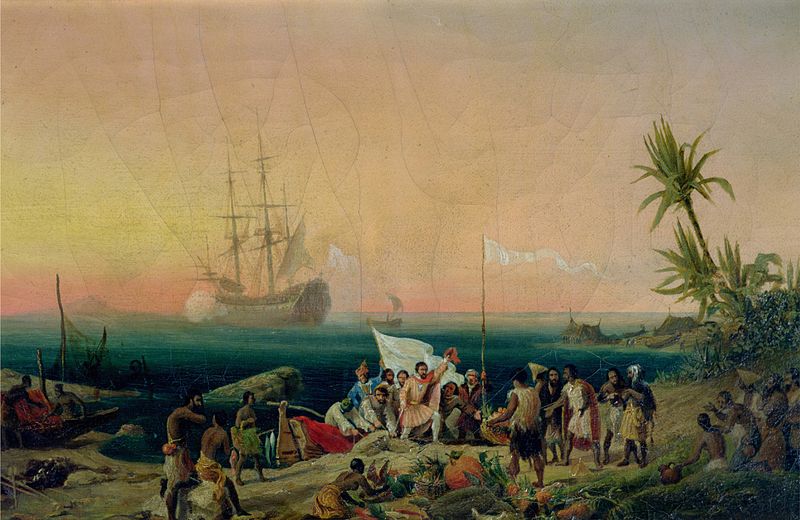 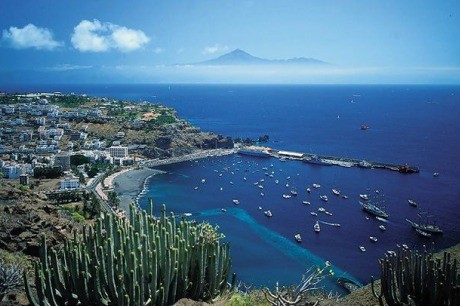
|
In 1479, Portugal and Castile signed the Treaty of Alcáçovas. The treaty settled disputes between Castile and Portugal over the control of the Atlantic, in which Castilian control of the Canary Islands was recognised but which also confirmed Portuguese possession of the Azores, Madeira, the Cape Verde islands and gave them rights to lands discovered and to be discovered ... and any other island which might be found and conquered from the Canary islands beyond toward Guinea. The Castilians continued to dominate the islands, but due to the topography and the resistance of the native Guanches, complete pacification was not achieved until 1495, when Tenerife and La Palma were finally subdued by Alonso Fernández de Lugo. After that, the Canaries were incorporated into the Kingdom of Castile. |
|
After the conquest
After the conquest, the Castilians imposed a new economic model, based on single-crop cultivation: first sugar cane; then wine, an important item of trade with England. In this era, the first institutions of colonial government were founded. Both Gran Canaria, a colony of Castile since March 6, 1480 (from 1556, of Spain), and Tenerife, a Spanish colony since 1495, had separate governors. The cities of Santa Cruz de Tenerife and Las Palmas de Gran Canaria became a stopping point for the Spanish conquerors, traders, and missionaries on their way to the New World. This trade route brought great prosperity to some of the social sectors of the islands. The islands became quite wealthy and soon were attracting merchants and adventurers from all over Europe. Magnificent palaces and churches were built on La Palma during this busy, prosperous period. The Church of El Salvador survives as one of the island's finest examples of the architecture of the 16th century. The Canaries' wealth invited attacks by pirates and privateers. Ottoman Turkish admiral and privateer Kemal Reis ventured into the Canaries in 1501, while Murat Reis the Elder captured Lanzarote in 1585. |
|
 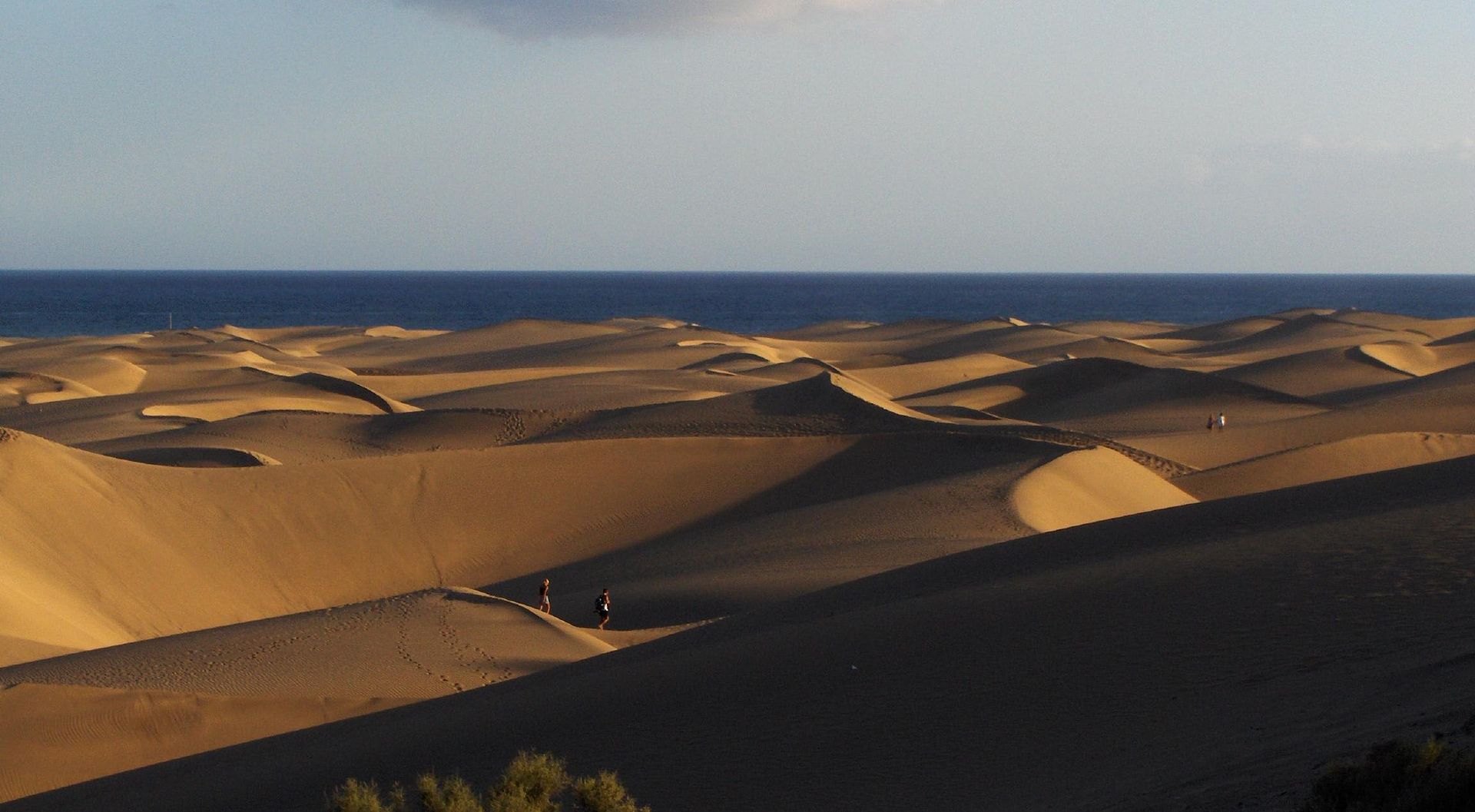 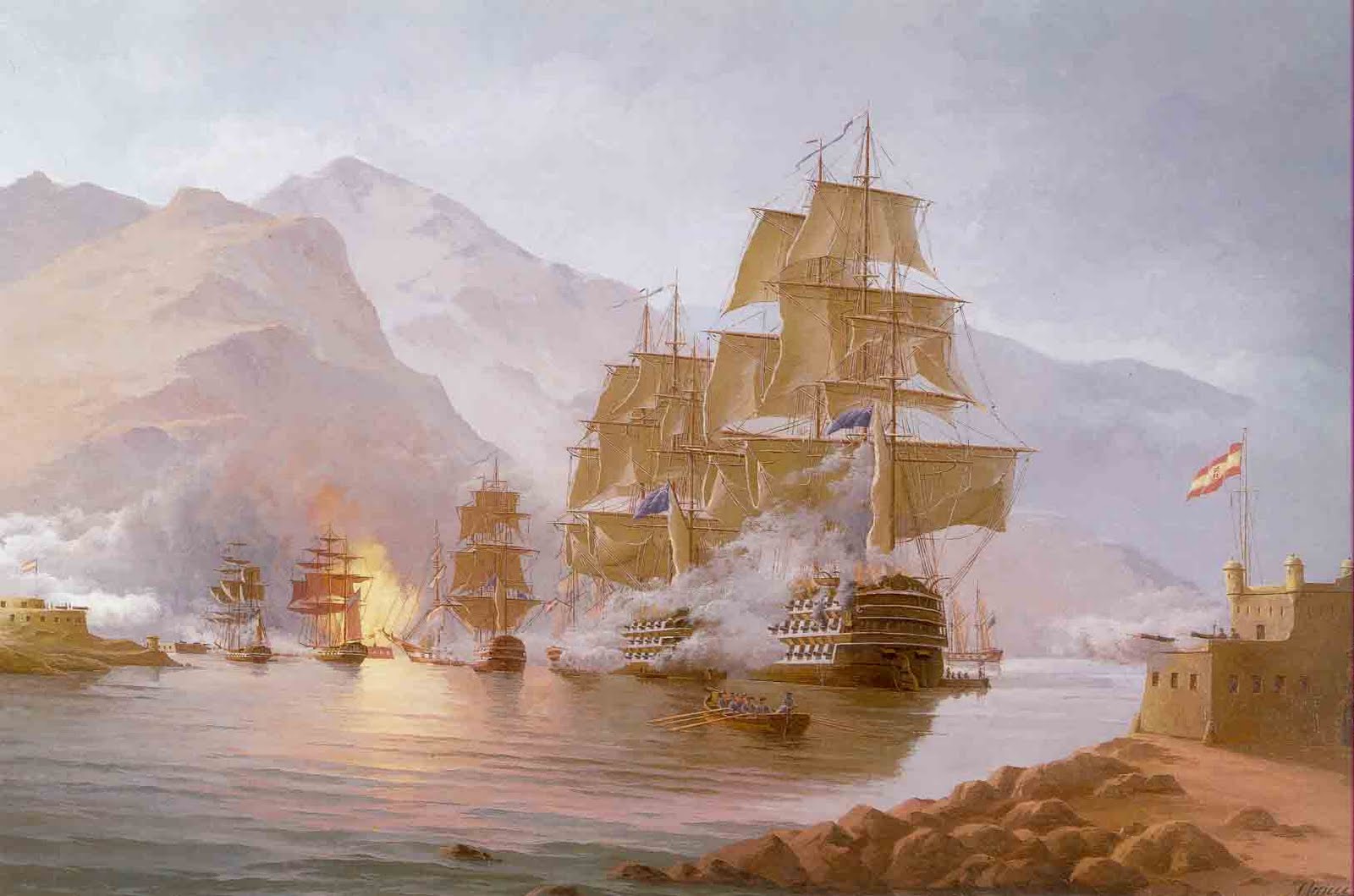 
|
The most severe attack took place in 1599, during the Dutch War of Independence. A Dutch fleet of 74 ships and 12,000 men, commanded by Pieter van der Does, attacked the capital Las Palmas de Gran Canaria. The Dutch attacked the Castillo de la Luz, which guarded the harbor. The Canarians evacuated civilians from the city, and the Castillo surrendered (but not the city). The Dutch moved inland, but Canarian cavalry drove them back to Tamaraceite, near the city. The Dutch then laid siege to the city, demanding the surrender of all its wealth. They received 12 sheep and 3 calves. Furious, the Dutch sent 4,000 soldiers to attack the Council of the Canaries, who were sheltering in the village of Santa Brígida. 300 Canarian soldiers ambushed the Dutch in the village of Monte Lentiscal, killing 150 and forcing the rest to retreat. The Dutch concentrated on Las Palmas de Gran Canaria, attempting to burn it down. The Dutch pillaged Maspalomas, on the southern coast of Gran Canaria, San Sebastian on La Gomera, and Santa Cruz on La Palma, but eventually gave up the siege of Las Palmas de Gran Canaria and withdrew. |
| 18th to 19th century
The sugar-based economy of the islands faced stiff competition from Spain's American colonies. Low prices in the sugar market in the 19th century caused severe recessions on the islands. A new cash crop, cochineal (cochinilla), came into cultivation during this time, saving the islands' economy. |
|
|
Early 20th century
|
At the beginning of the 20th century, the British introduced a new cash-crop, the banana, the export of which was controlled by companies such as Fyffes. The rivalry between the elites of the cities of Las Palmas de Gran Canaria and Santa Cruz de Tenerife for the capital of the islands led to the division of the archipelago into two provinces in 1927. This has not laid to rest the rivalry between the two cities, which continues to this day.During the time of the Second Spanish Republic, Marxist and anarchist workers' movements began to develop, led by figures such as Jose Miguel Perez and Guillermo Ascanio. However, outside of a few municipalities, these organisations were a minority and fell easily to Nationalist forces during the Spanish Civil War. |
|
Franco regime
In 1936, Francisco Franco was appointed General Commandant of the Canaries. He joined the military revolt of July 17 which began the Spanish Civil War. Franco quickly took control of the archipelago, except for a few points of resistance on La Palma and in the town of Vallehermoso, on La Gomera. Though there was never a proper war in the islands, the post-war suppression of political dissent on the Canaries was most severe.[citation needed]During the Second World War, Winston Churchill prepared plans for the British seizure of the Canary Islands as a naval base, in the event of Gibraltar being invaded from the Spanish mainland. Opposition to Franco's regime did not begin to organise until the late 1950s, which experienced an upheaval of parties such as the Communist Party of Spain and the formation of various nationalist, leftist parties. |
|
|
Self-governance
Picture courtesy Touristmaker
|
After the death of Franco, there was a pro-independence armed movement based in Algeria, the Movement for the Independence and Self-determination of the Canaries Archipelago (MAIAC). In 1968, the Organisation of African Unity recognized the MAIAC as a legitimate African independence movement, and declared the Canary Islands as an African territory still under foreign rule. Now there are some pro-independence political parties, like the CNC and the Popular Front of the Canary Islands, but none of them calls for an armed struggle. Their popular support is almost insignificant, with no presence in either the autonomous parliament or the cabildos insulares.After the establishment of a democratic constitutional monarchy in Spain, autonomy was granted to the Canaries via a law passed in 1982. In 1983, the first autonomous elections were held. The Spanish Socialist Workers' Party (PSOE) won. In the 2007 elections, the PSOE gained a plurality of seats, but the nationalist Canarian Coalition and the conservative Partido Popular (PP) formed a ruling coalition government |
Parts of this text were copied from  and fall under Wikipedia commons.
and fall under Wikipedia commons.
Conference Venue
|
|
The ESM'2016 Conference will be held at |
How to reach Las Palmas and the conference venue 
By Plane |
When arriving by plane you would arrive at Gran Canaria Airport, also called Las Palmas Airport (IATA: LPA, ICAO: GCLP). The airport is located in the eastern part of the island, about 18 km from Las Palmas city centre. This airport is also a base for Binter Canarias and Navegacion y Servicios Aéreos Canarios, airlines which operate regional inter-island flights within the Canary Islands. The bus service in the Gran Canaria airport has its corresponding stops in various airport terminals, thus facilitating the loading and movement of passengers who are to make use of the airport shuttle service.
One of the most comfortable means of transport to travel to and from the airport of Gran Canaria, the taxis, they are located in different areas of the airport terminals. The taxi service at Gran Canaria airport is quite handy because it allows travel to anywhere in the city with the convenience, speed and security. Also keep in mind that taxis should be chosen that are properly identified and metered. Las Palmas de Gran Canaria to the city centre should be around €26. |
||||||||
By Boat |
By boat you will arrive at the Puerto de Las Palmas (Las Palmas Port), also known as Puerto de la Luz, which is the main port for fishing, commercial, passenger and sports in the northwest of the city. Las Palmas Ferry crossings are operated by Trasmediterranea, Naviera Armas & Fred Olsen Express and depending on the time of year you’ll find a choice of up to 14 ferry crossings daily. |
||||||||
By Bus |
Las Palmas boasts a high quality bus system, provided by Guaguas Municipales. Municipal Bus Lines offers 40 urban transport routes, covering both the bottom and the top of the city. The main lines are the 1 (Teatro - Puerto), 2 (Alameda de Colón - Puerto), 17 (Teatro - El Rincón), 25 (Campus Universitario - El Rincón), 12 (Puerto - Hoya de la Plata) and 30 (Alameda de Colón - Santa Catalina, via Rehoyas). In addition, two circular lines (A: Santa Catalina - Santa Catalina, via Alcaraveneras) and B (Santa Catalina - Santa Catalina, via Ciudad Alta). The most important bus lines have frequencies of between 3 and 15 minutes during the day and between 10 and 40 minutes at night; most lines have service throughout the night. The bright yellow buses are known simply as 'guaguas'. The unique tariff, paid directly to the driver, is 1.30 euro. A 10-ride ticket is available for €7.50 at official shops in the city. |
||||||||
By Taxi |
See info above under Airport |
||||||||
By Car |
Las Palmas, being the centre of the Las Palmas metropolitan area, is the hub for the island's motorway network. The city is linked with three highways: the GC-1 to the south, the GC-2 to the west and GC-3 to the center of the island. There will be parking spaces available for those participants who come by car to the university. |
||||||||
On Foot
|
As the University is far from the city centre, you will need to take a bus. Please check the hotels page for the bus links. |
Las Palmas Maps
Click on the map link for a more detailed view of Las Palmas, while following this link you can download other relevant Las Palmas maps.


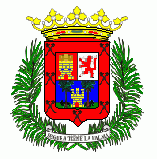 Las Palmas, officially Las Palmas de Gran Canaria, is a city and capital of Gran Canaria, in the Canary Islands. It is the co-capital (jointly with Santa Cruz de Tenerife) and the most populous city in the autonomous community of the Canary Islands, and the ninth largest city in Spain, with a population of 383,308 in 2010. Nearly half (45.9%) of the people of the island and 18.35% of all inhabitants of the Canary Islands live in this city.
Las Palmas, officially Las Palmas de Gran Canaria, is a city and capital of Gran Canaria, in the Canary Islands. It is the co-capital (jointly with Santa Cruz de Tenerife) and the most populous city in the autonomous community of the Canary Islands, and the ninth largest city in Spain, with a population of 383,308 in 2010. Nearly half (45.9%) of the people of the island and 18.35% of all inhabitants of the Canary Islands live in this city.
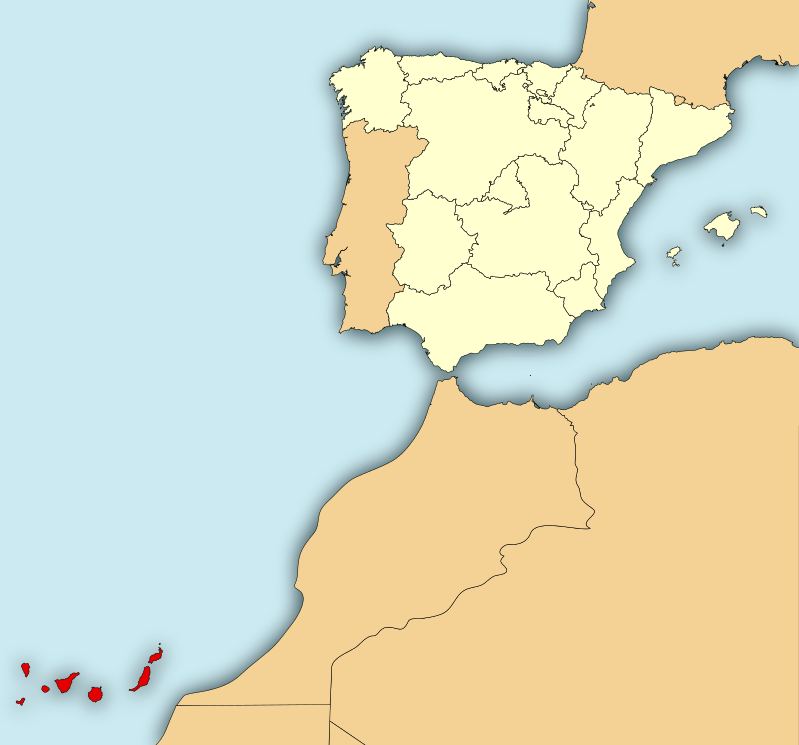
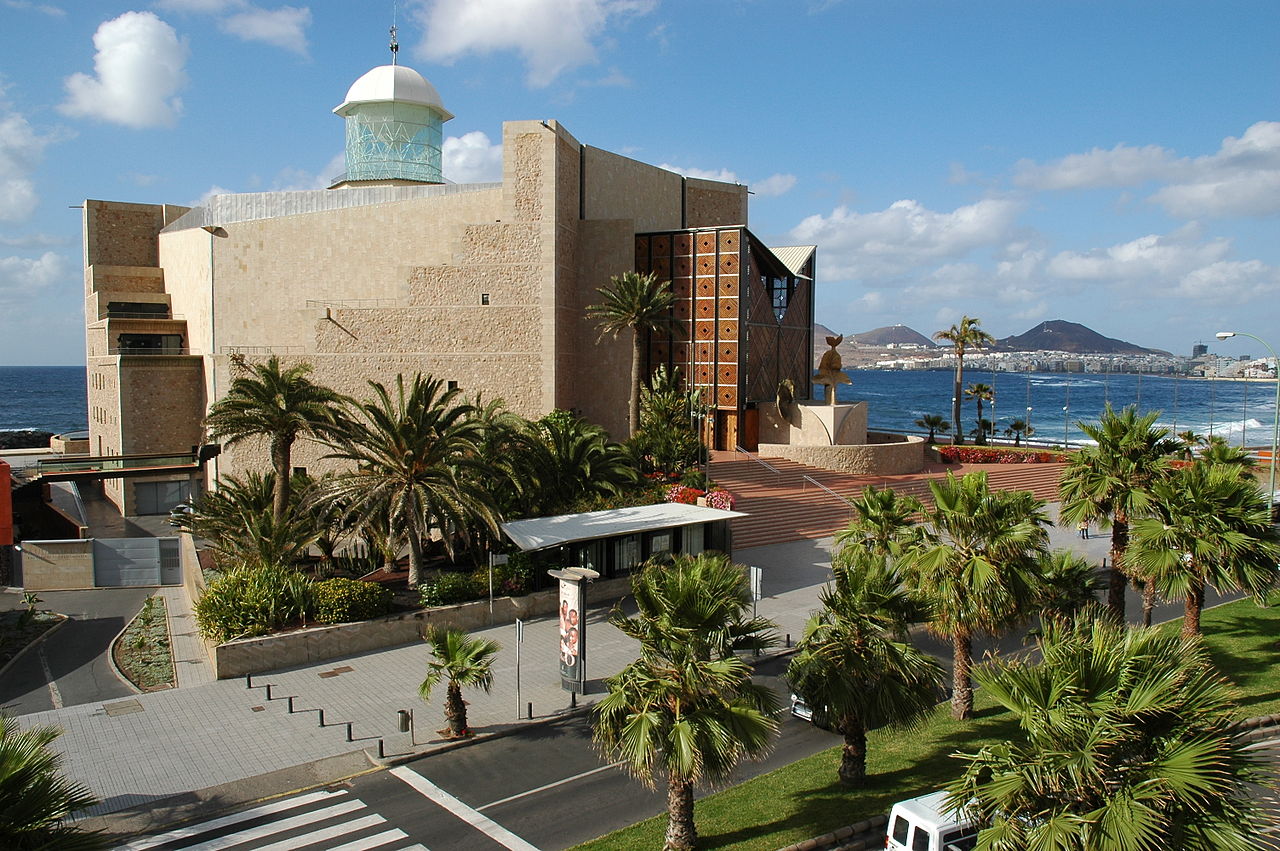
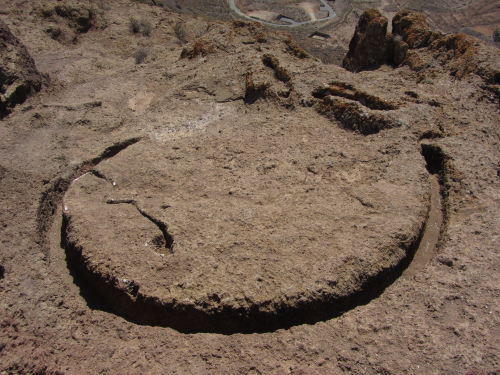


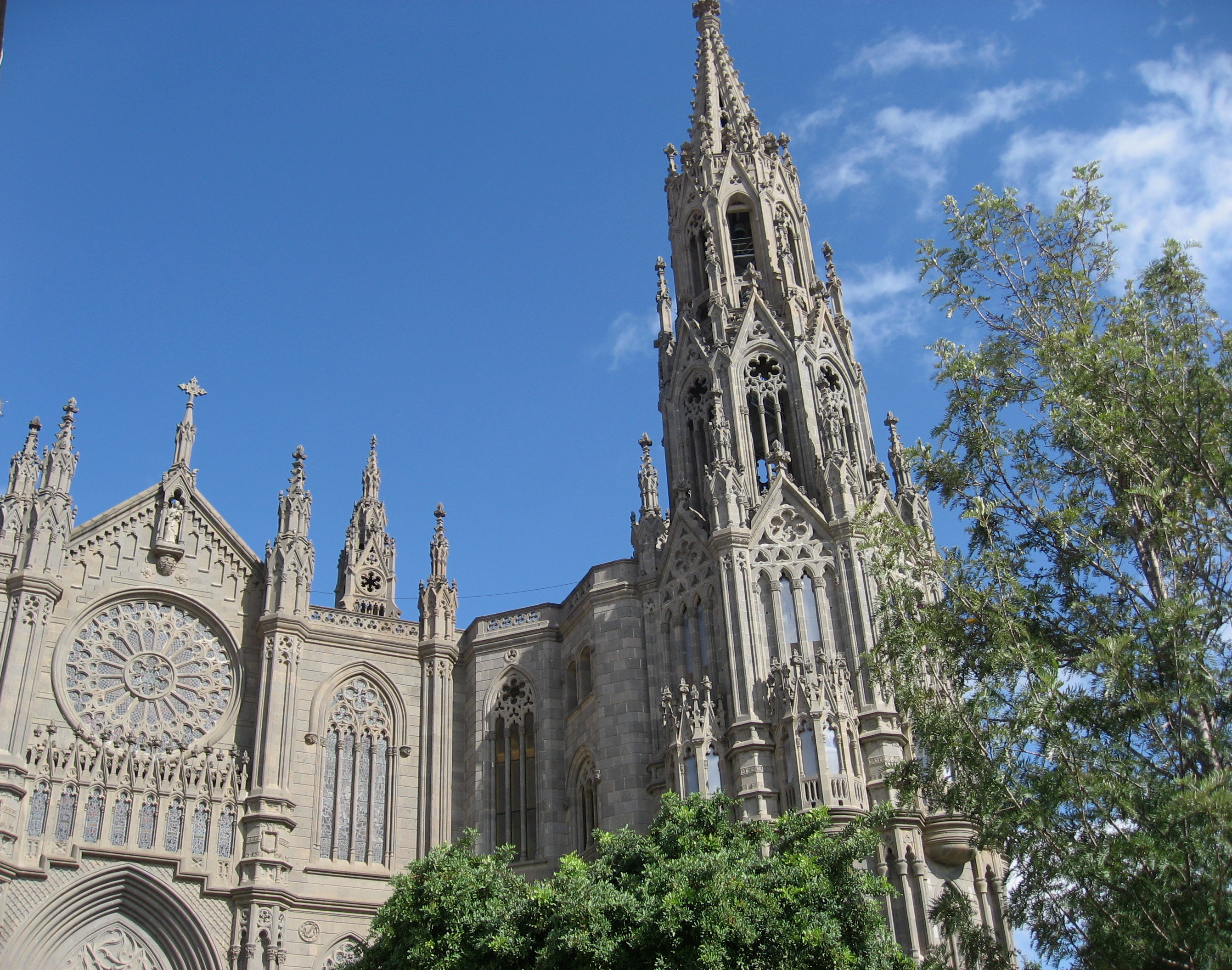
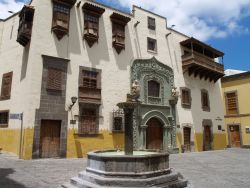
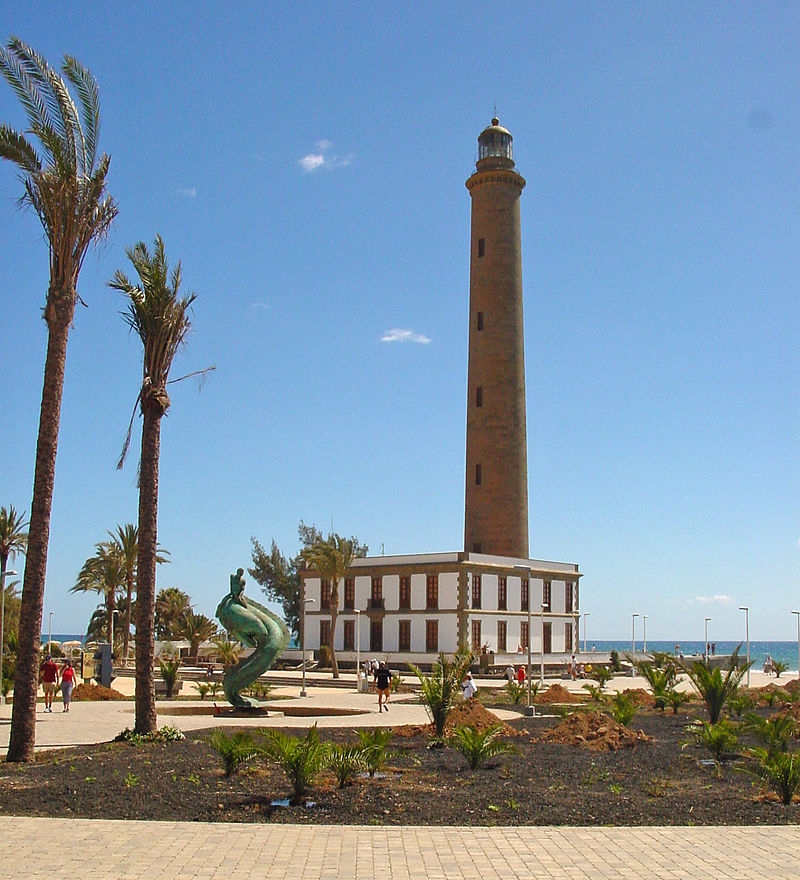
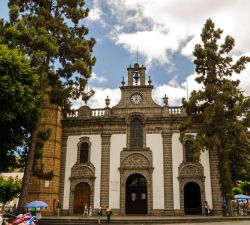
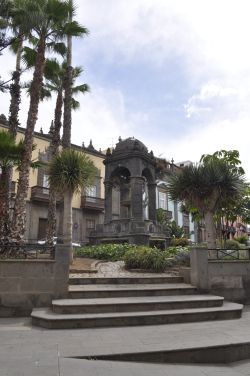
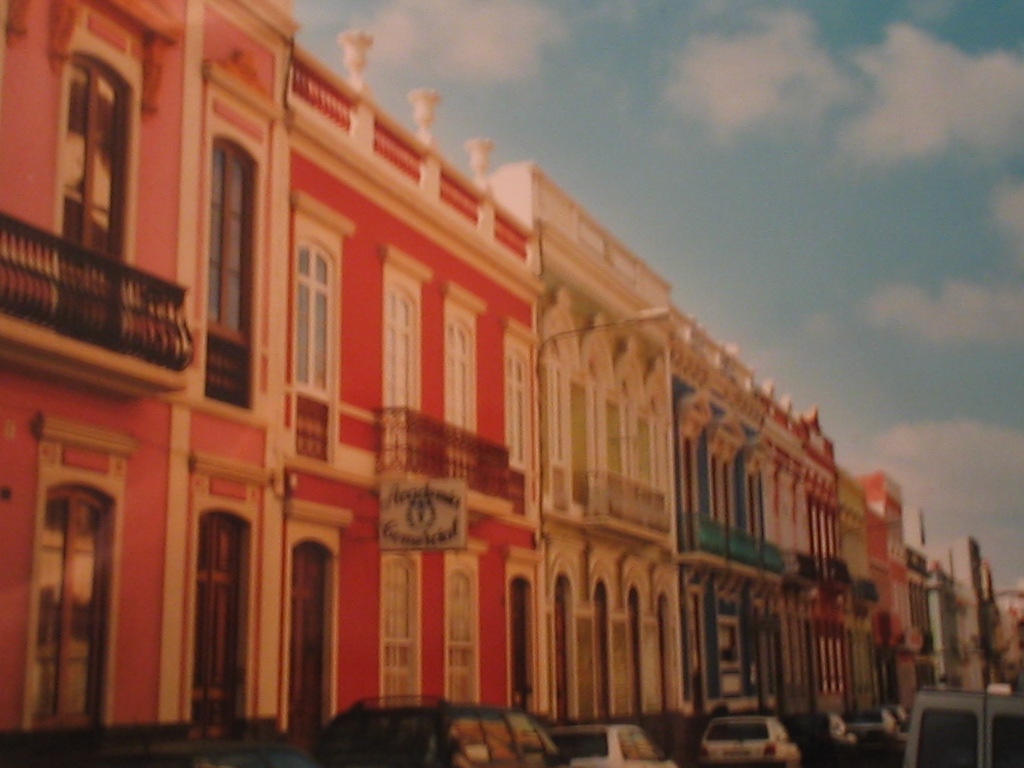
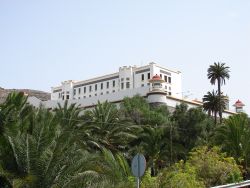

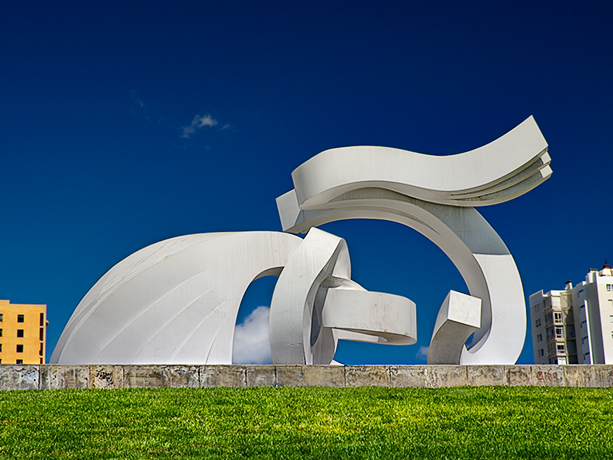
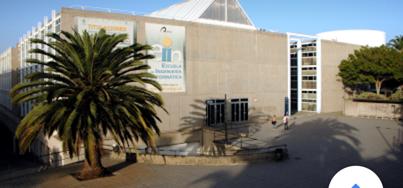
 Tel: 928 45 88 70
Tel: 928 45 88 70 Fax:
Fax: Email:
Email:

